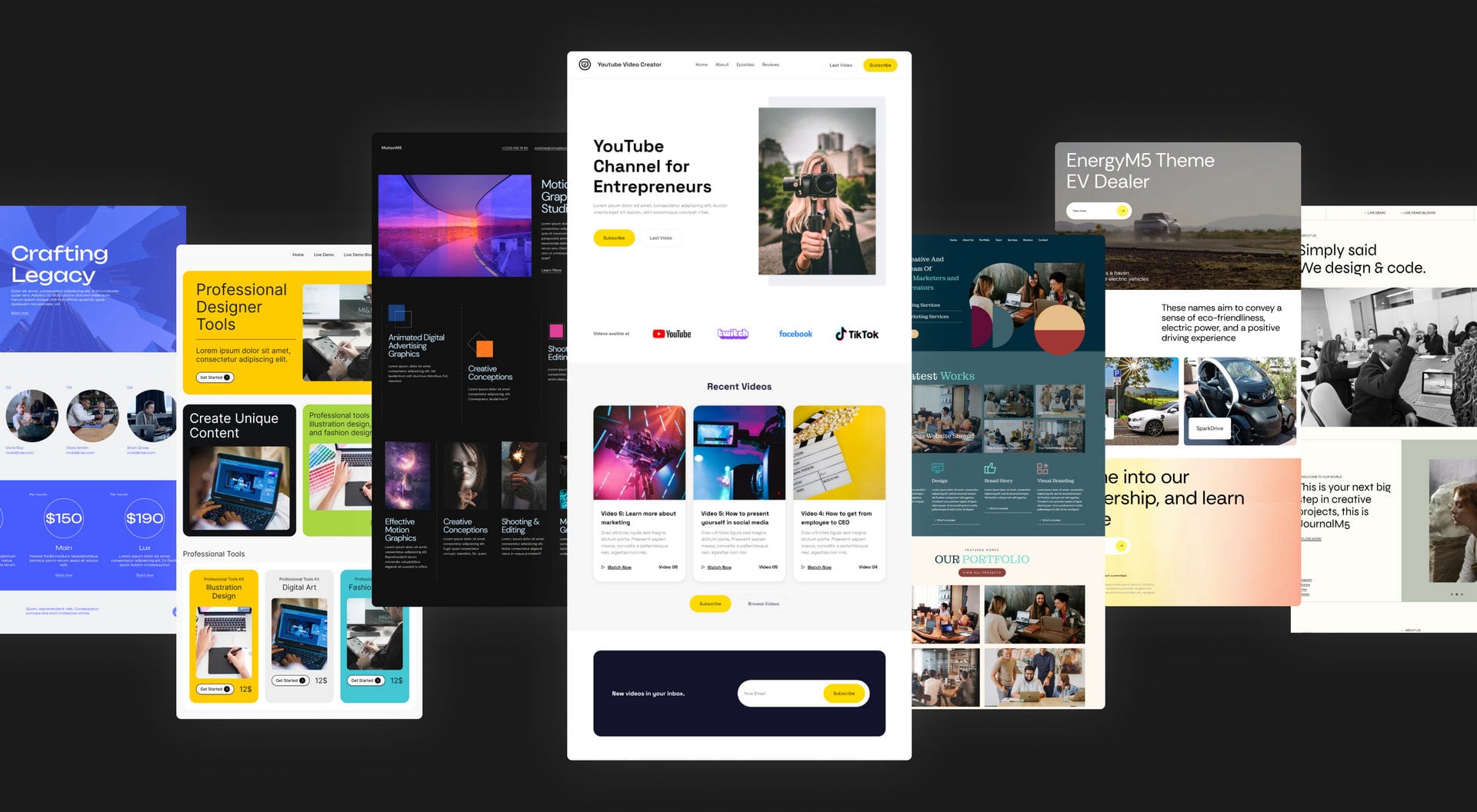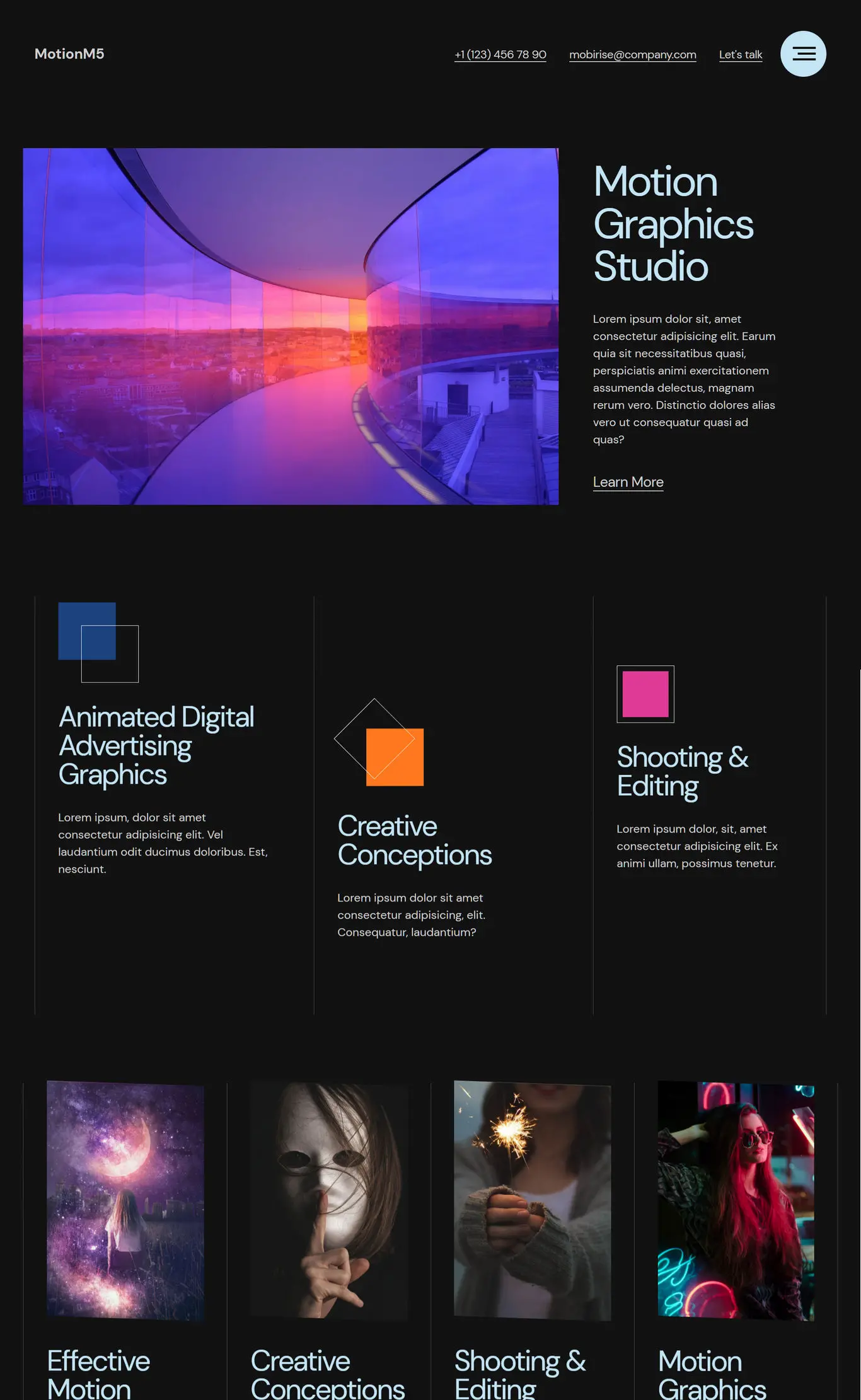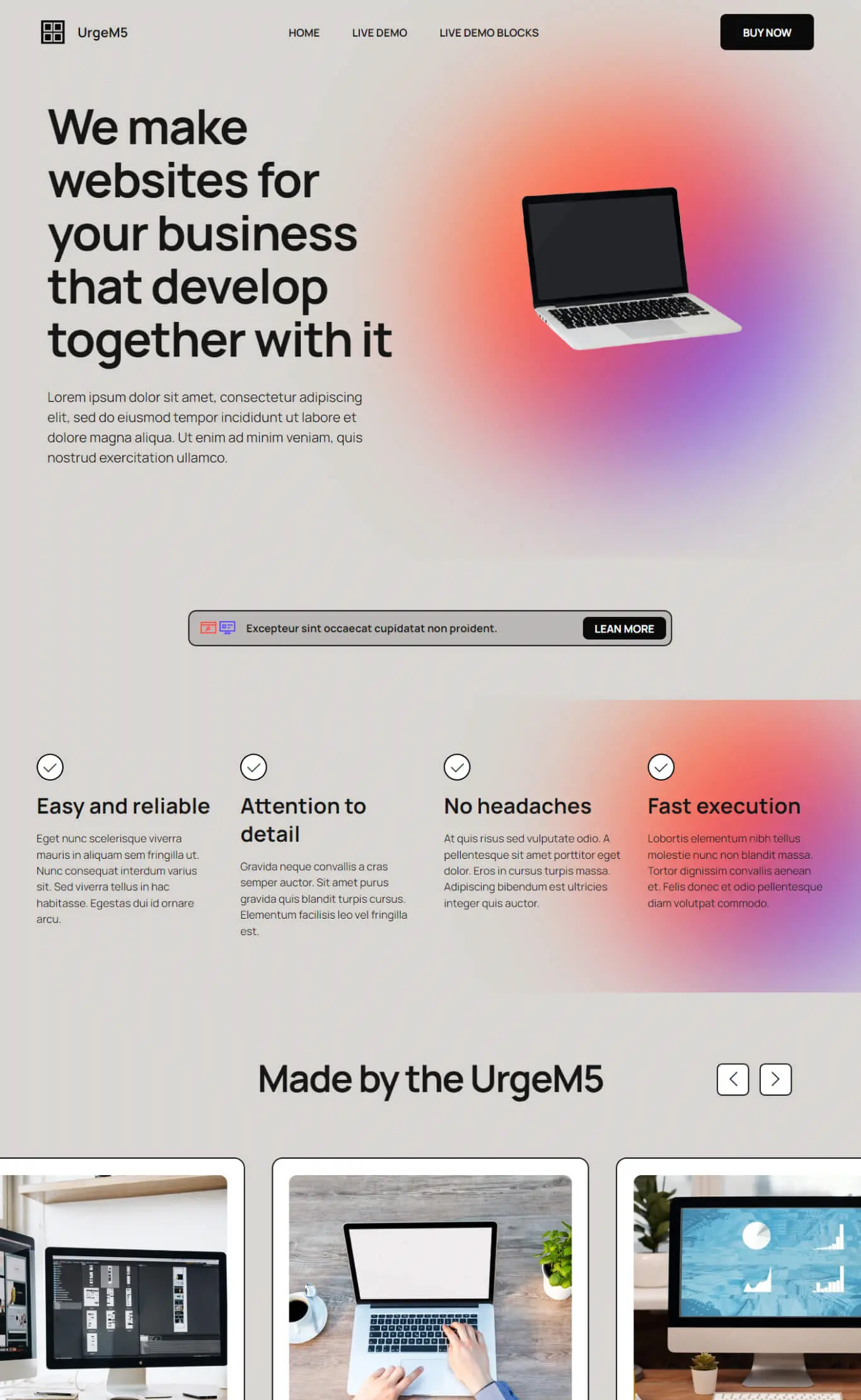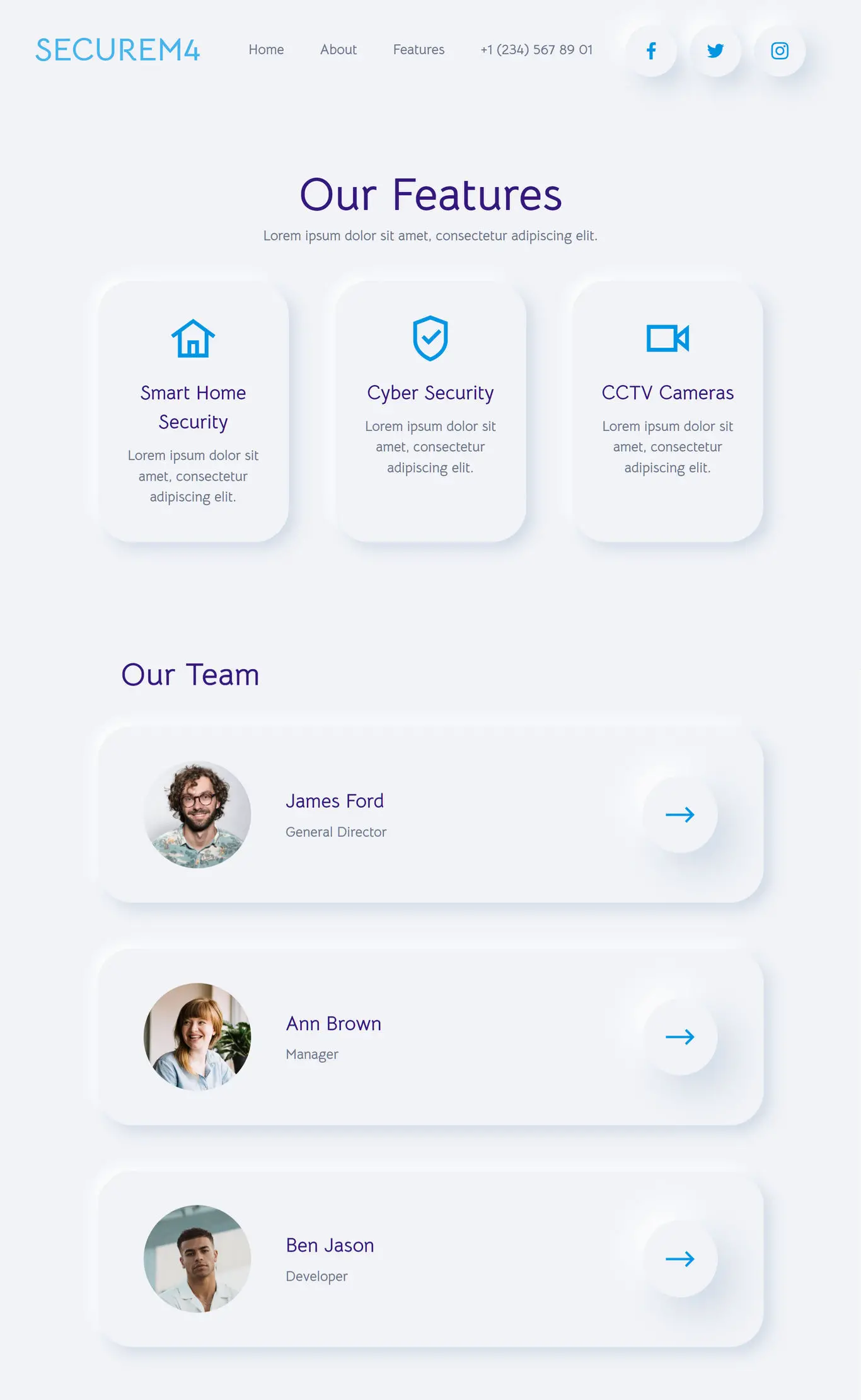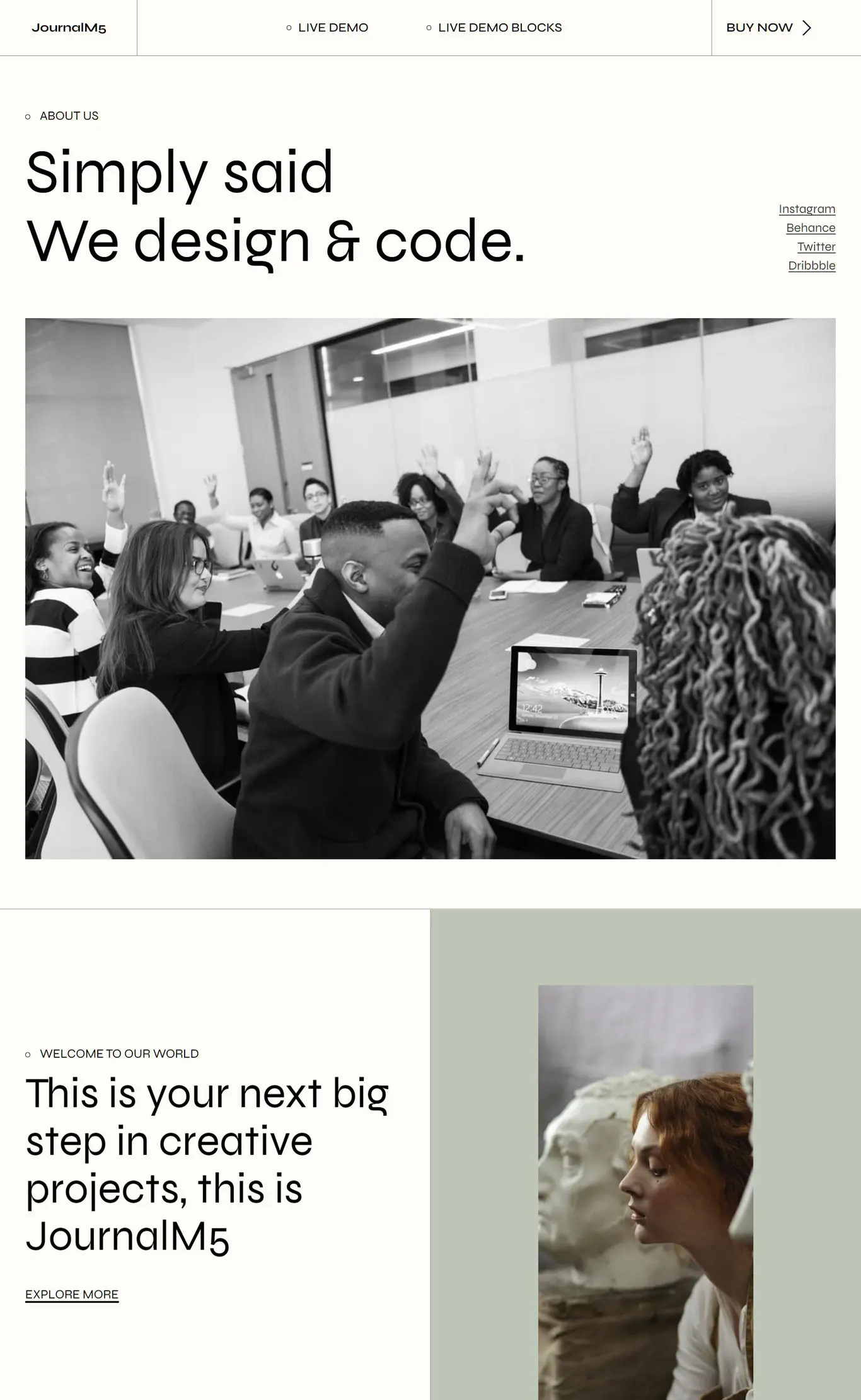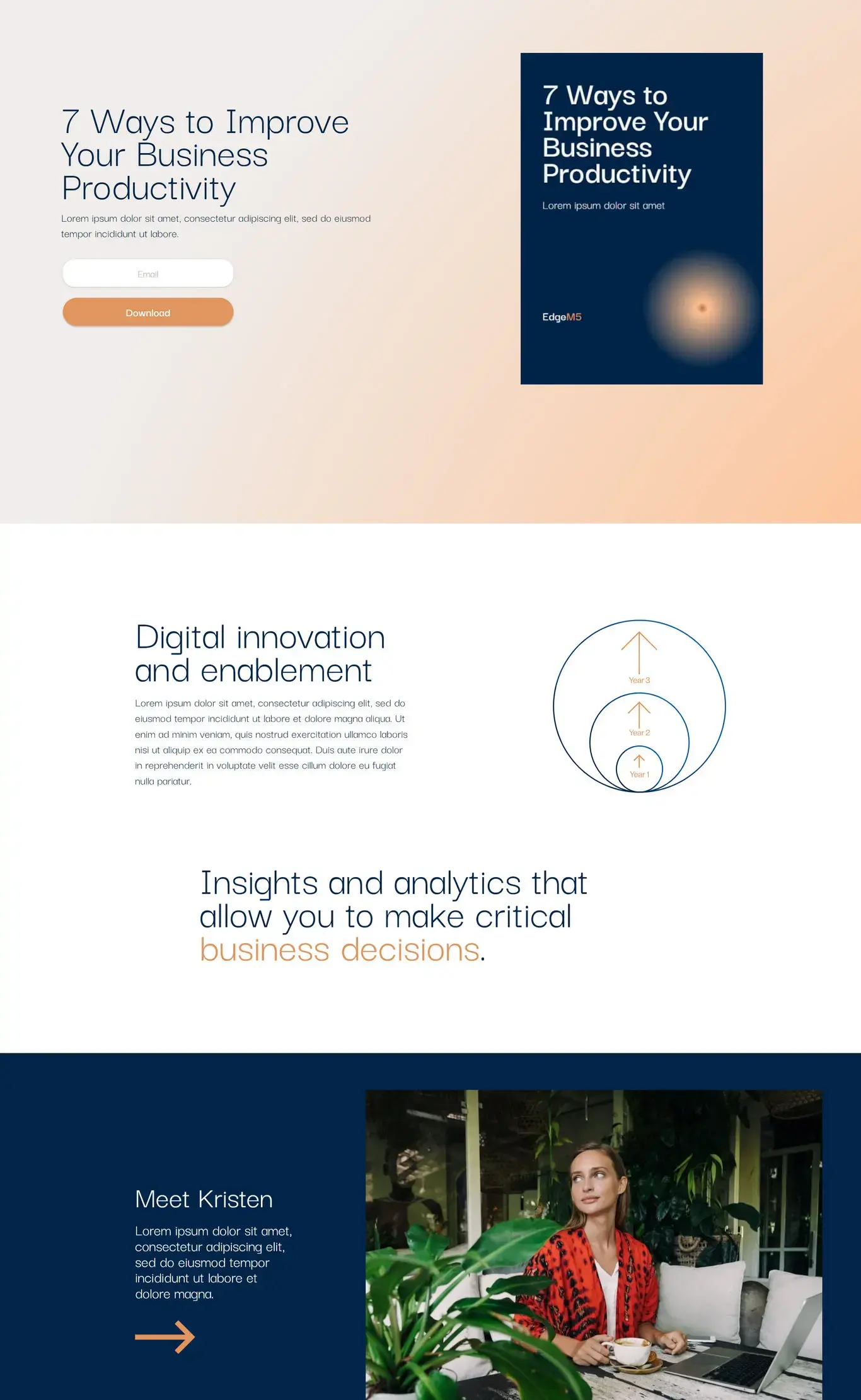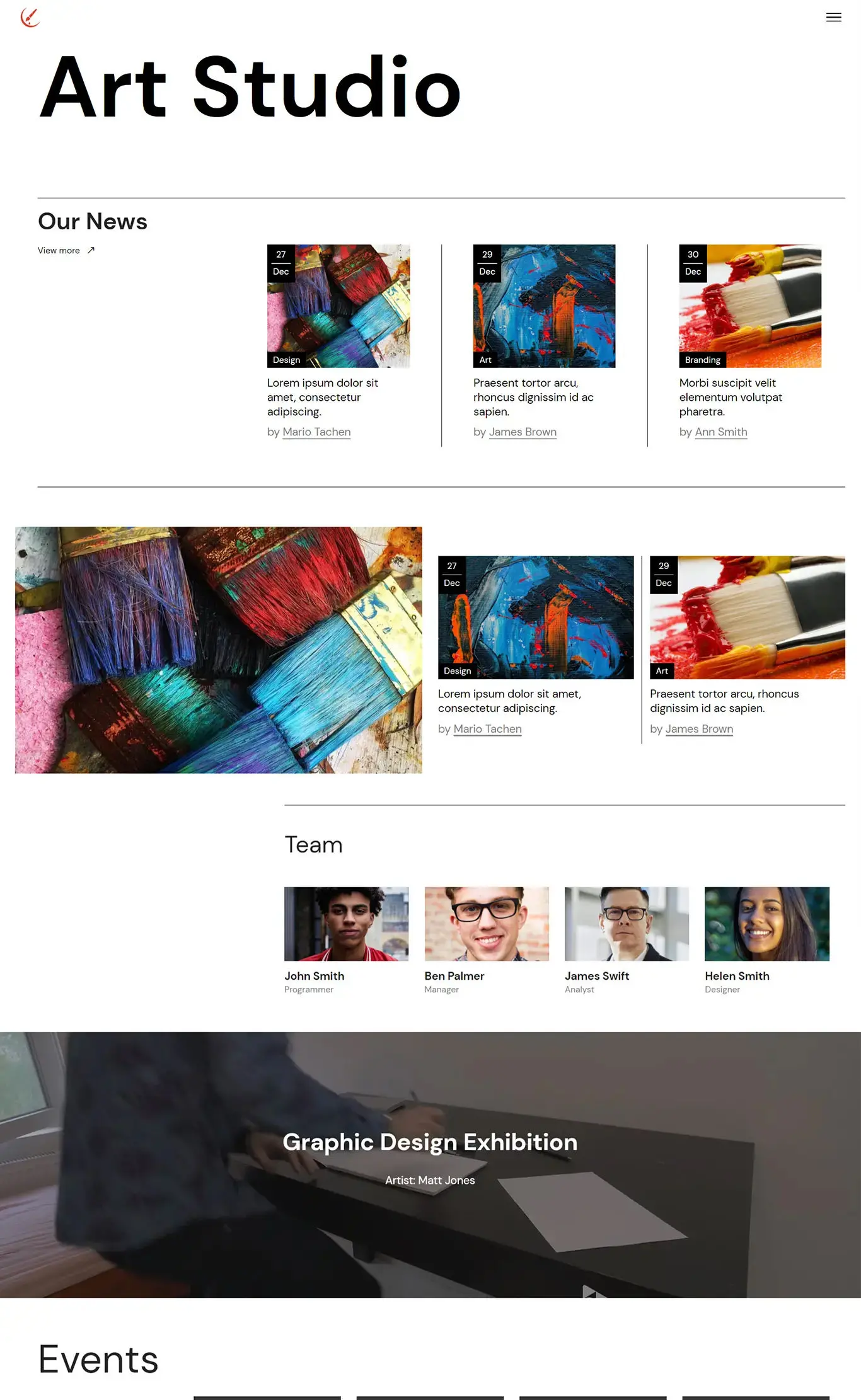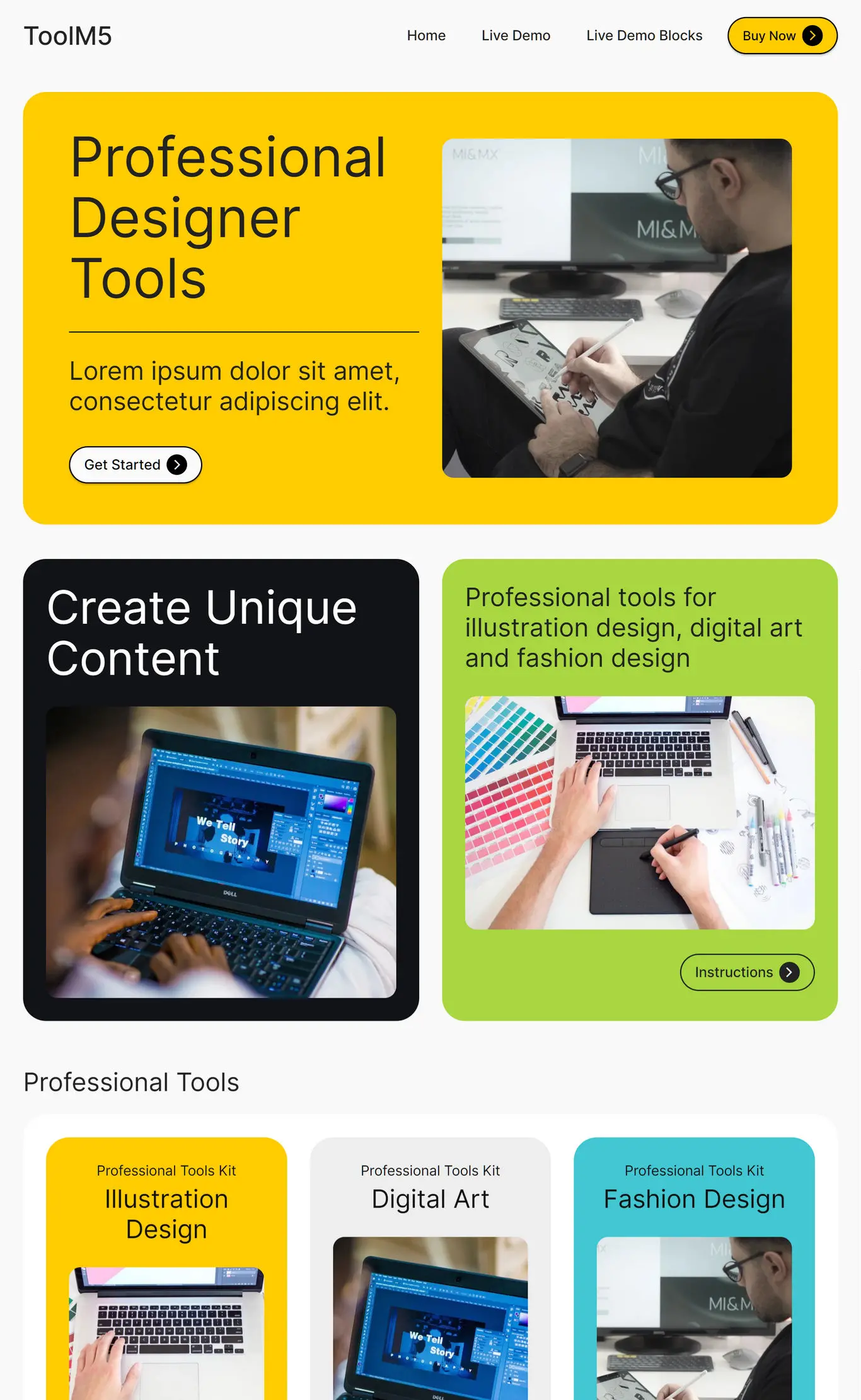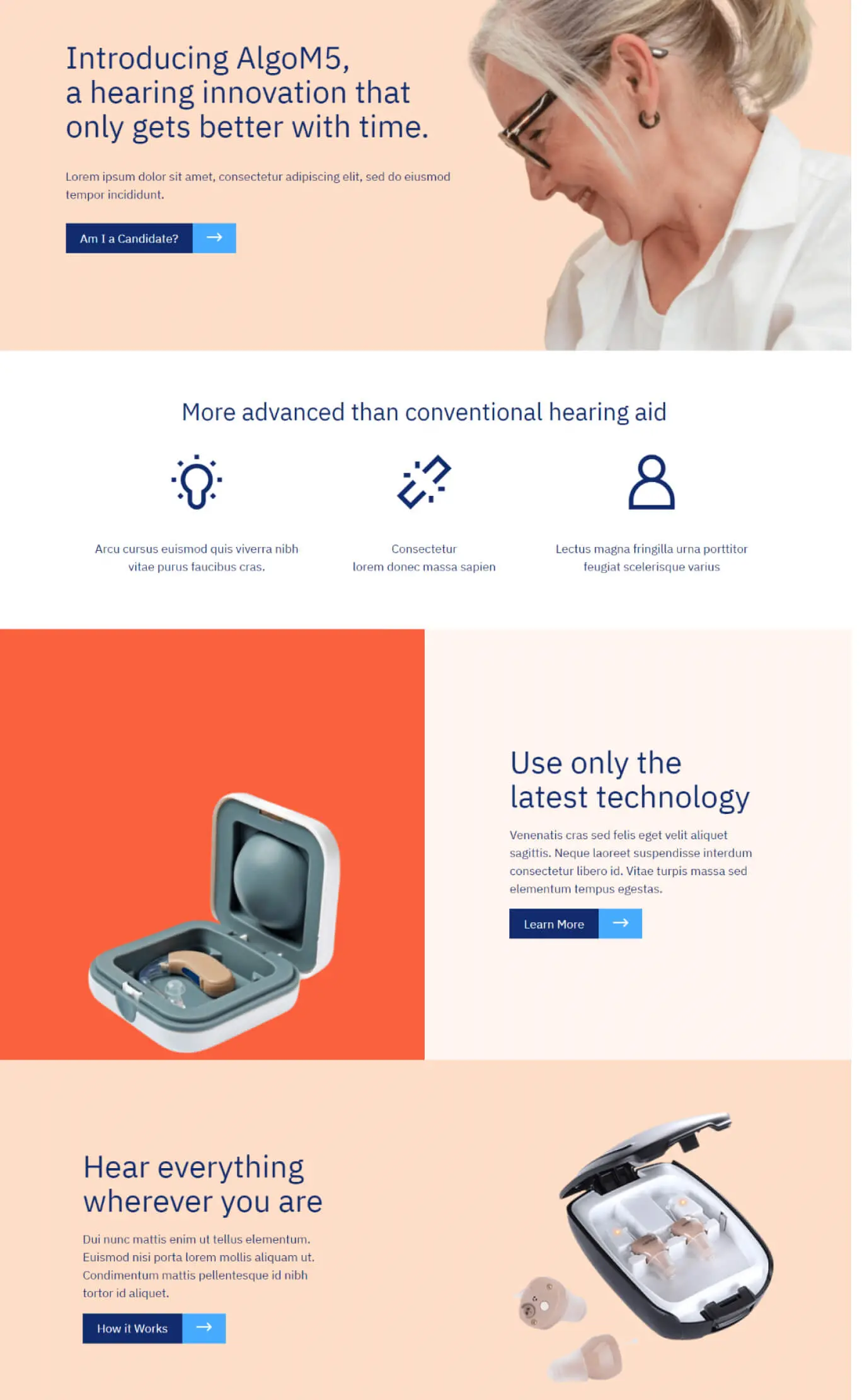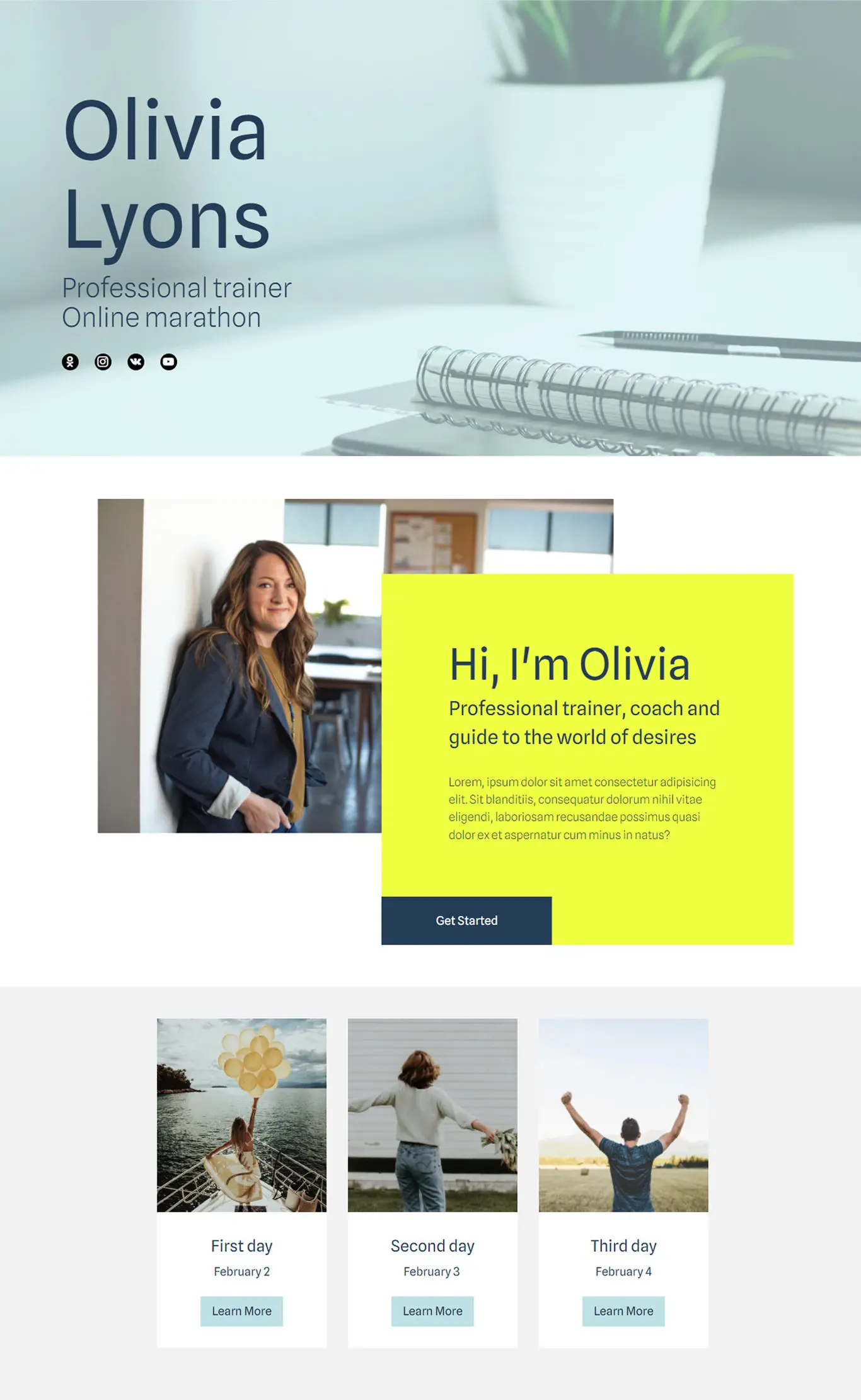Transform Images into HTML Instantly with AI Solutions
Transforming images into HTML has become increasingly efficient with advancements in AI technology. Various tools now enable the conversion of visual content into structured web code, streamlining the development process. These AI solutions analyze design elements and layout, producing clean, responsive HTML that developers can easily integrate into their projects. This innovation not only saves time but also enhances accuracy in translating artistic visuals into functional digital interfaces.
